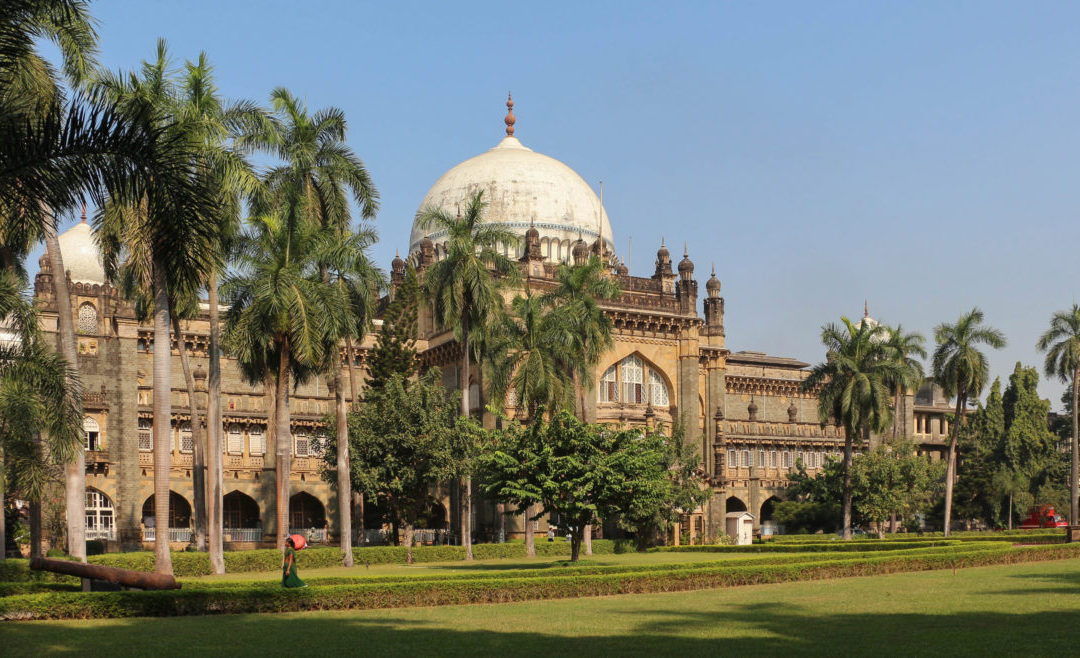Museums in India will most likely have lesser financial support than before because of the Pandemic. The museum sector globally is going through a very difficult period. Predictions are that one-third of museums in the US and UK may struggle to keep their doors open. The Metropolitan Museum alone had to let 81 members of their staff go a few weeks back to manage a budget shortfall of more than 100 million USD over the next 12 months. Job losses in the arts, culture and leisure sector in countries such as Australia have been close to 25% and reported public spending has been down by close to 60%.
A majority of museums in developing countries are public-funded and there is growing uncertainty about salary payments in many institutions. While there is no direct reporting of data from this sector in India, I would assume the trends would be about the same. The pressure on a lower than expected income for governments due to lockdowns and much lower GDP growth as well as decreased visits to cultural sites due to both lockdown as well as public fear would have a huge impact on the Indian museum sector. As an example of this public fear, 19 museums in Beijing which normally are bustling with people, once reopened on May 1 had just 50,000 visitors in total over a five-day period at an average of just 526 visitors per day. A decrease of government allocations combined with foundations and Company CSR budgets reprioritising their support for COVID-related support rather than supporting the Arts, lower number of visitors especially international visitors, social distancing protocols limiting the number of visitors and overall possible change in public mood not to visit public spaces will all contribute negatively to every museum’s economic sustainability.
For government-supported museums, it may not directly lead to many job losses but possibly the inability to fill vacant positions, a cut in programs and other core activities, and most crucially cuts in capital works. Every museum going forward, whether public or private, need to relook their income streams and explore new avenues for income generation and also possibly explore new business models such as joint appointments with Universities for curatorial and research support as well as revenue sharing models with digital companies for developing and marketing online programs. All this would mean museums will have to have more independence (than operate as a government department) as well as explore professional longer-term leadership than continue having a bureaucrat managing it.
This crisis will also make museums explore more digital access initiatives in addition to physical visits to exhibition spaces. Museums invest a lot of resources on their public access areas (exhibition galleries). Less operational budgets along with limitations on how many people can visit a public space can make it financially unviable. Museums, as they reopen after the pandemic, may have to have additional measures in place. These would include possibly maintaining a register of people who visited in case tracking is necessary, longer opening hours to accommodate reduced crowding in galleries, better cleaning regimes, provision of protective gear such as face masks to both visitors and supervising staff, change of air-conditioning systems to accommodate more fresh air and prevent any contaminated air going to other galleries as well as increased safety provisions for staff in galleries and ticketing counters. Rather than continue to tinker around the edges, it may be an opportunity for museums such as the Government Museum, Chennai to rethink on how to increase their relevance and outreach role. Possibly one option is to convert most of the physical spaces (especially galleries) to be an open storage space for collections with minimal interpretation, enabling more collections to be on display with all the interpretations being done through digital mechanisms, including through phones, small electronic devices that could be rented on-site as well as through personal computers. This would leverage the strong social media uptake in India as well as increase the audience for museum visits. It would also deliver more content for school children to directly access in their schools. This would also enable more people to access aspects of the collections whether they live in remote parts of India or internationally and drive their curiosity to physically see the collections when they visit Chennai.
Also Read: Talking Museums: Preparing for a Post-COVID World
It is worth noting that museums such as the Australian Museum (Sydney) attract as much as 40 times more visitors online and if smart revenue generation models are implemented, it can be the catalyst for museum growth in India. India has established a leadership role globally in Information Technology and a city like Chennai can show the way for other museums in India to follow. A strong partnership between possibly TCS and the Government Museum, Chennai on Chola bronzes can become a competitor to Netflix for audience interest and automatically translate into additional audiences, stories and revenue for museums.
~Ends~
Vinod Daniel is an internationally recognised museum specialist. He has been associated for over 20 years with the Australian Museum (Sydney) and the J Paul Getty Trust (Los Angeles) in collection-related roles. He has worked on museum planning, conservation, management, acquisition, repatriation, capacity-building and risk assessment initiatives in over 55 countries as well as with several professional networks. He is also the Managing Trustee of a non-profit foundation “India Vision Institute” that assists underprivileged get access to a pair of spectacles.
Mr Daniel has published over 75 papers, delivered over 200 keynote addresses and has contributed to several hundred media stories. He is currently Chairman of the Board for AusHeritage (Australia’s Heritage Industry Network), Chief Executive Officer of Daniel Aspac Pty Ltd and Board Member of the International Council of Museums (ICOM), the museum peak body representing over 50,000 museum professionals and 20,000 museums from over 140 countries.











Trackbacks/Pingbacks